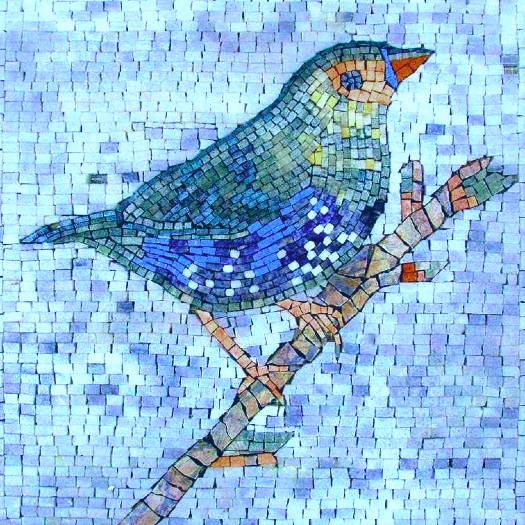Sound
Sonic Nourishment
We never stop hearing sound. In deep anesthesia we hear conversations. In hermetically soundproofed rooms we hear heartbeats and the bouncing of air molecules in our ears. We are immersed and bathed in sound. Sadly, in many places the most pervasive pollutant now is noise pollution. But sound still retains the power to profoundly nourish and heal.
Sonic nourishment and wellness can come from the sounds of nature, drumming, vocal toning, chanting, or singing. It can also come from just listening to any sound you enjoy. Sound and music can focus you on a task, cause joyous laugher, clapping and dancing and, paradoxically, can also open up space for inner silence, stillness, and rapture.

“After silence, that which comes nearest to expressing the inexpressible is music.”
Aldous Huxley
Practice: Vocal Toning
Sit or stand in a comfortable upright position. First, say “Ahh” for 3-5 seconds. Do it just like you would when a doctor checks your throat. Drop your jaw down as far as you can comfortably. After you vocalize the tone, breath in through your nose. Don’t over-inhale, just try to allow the breath to be a bodily reflex. Second, tone “Ohhh” for 3-5 seconds. Notice your jaw doesn’t drop down as much. Inhale through your nose. Third, say “Eeee” for 3-5 seconds. Notice the position of your jaw. Did it rise up from the previous position? Notice how you feel after you tone and release tension in your jaw and other places in your body.
Once you have the hang of it and have warmed up with 1-2 rounds of each of the three tones, continue for 2-3 more rounds. This time, make the tones separately as before but extend the exhale and vocal tone for as long as you comfortably can. Maybe that’s 10 seconds per tone, maybe it’s a little less or a little more. The more you practice, the more you’ll gradually be able to sustain the tone. Don’t overexert yourself. On the inhale, continue to allow a natural body reflex to inhale you. Try not to gulp big breaths. If that happens, scale back the length of the exhale and vocal toning.
Next, you can combine the the tones in a single exhale and vocalization. Something like “Ahhh” turning into “Ohh” and finishing with “Eee”. Sustain the sequence just like you did with the single tones. Maybe that’s 10 seconds or more. Do 1-2 rounds of these combined tones. Next, do the combined tone but end with an “Mmm” sound, closing your lips and humming the “Mmm” through your nose and also finishing the exhale through your nose. As always, allow the inhale through your nose. Do the “Ahh … Ohh … Eee … Mmm” progression for 2-3 rounds. Then release and relax your throat and abdominal muscles. Breath in and out through your nose, taking care not to overbreath. Notice how you feel in your body. Notice the quality of your thoughts. Enjoy the alert, happy relaxation you may be feeling.
Why Sound?
Vocalizing can make you feel happy because making music-like tones or sounds floods us with dopamine and other feel-good hormones. Uncluttered sound, too, can relax and focus us by helping make a regular and coherent vibrational pattern that is reflected in our breath, heart, and brain. Sound and music can also help us through emotional blocks by giving expression to emotions or feelings that are too big for words.
Free.
You could spend 3-5 minutes doing vocal toning in the morning or evening. It also can be added to the beginning of a movement routine, or a meditation practice.
Few external barriers, though for vocal toning you may need to tone at a low volume if other people are around.
“The knower of the mystery of sound knows the mystery of the whole universe.”
Hazrat Inayat Khan
Resources
Since the first days of sapiens, singing and drumming has existed for communal, healing and spiritual purposes. Later, Pythagoras exalted sound and music for its mathematical, mystical, and healing qualities. But unlike math, the unique qualities of sound and music can be experienced by everybody regardless of age or education, and speak to us in ways that verbal language simply cannot.
Modern sound and music researchers and educators have included Alfred Tomatis, Don Campbell, Jill Purce, and Evelyn Glennie. Practices these days can include binaural sound, drumming circles, tuning forks, singing bowls, and choral/chanting groups. One ancient practice, listening to simple drumming (drums 1 and drums 2), can help silent the mind and open pathways for inner discovery. Modern technology also offers ways to listen to sound and music in unique ways, including free apps like Solu that play an asymmetrical progression of soothing tones and harmonics shifting between left and right ears.
“Without music, life would be a mistake.”
Friedrich Nietzsche